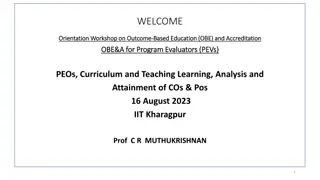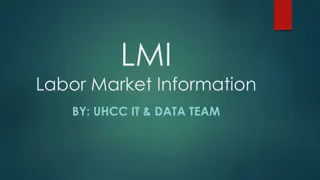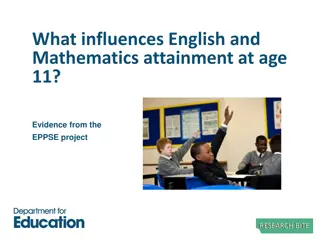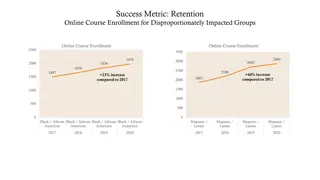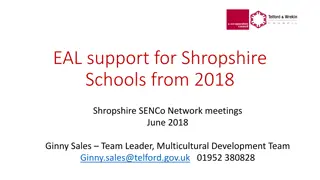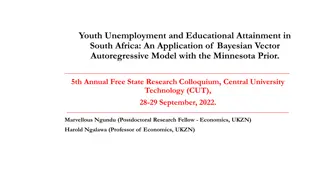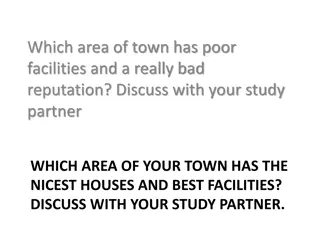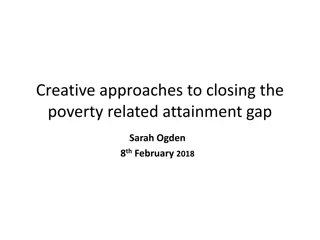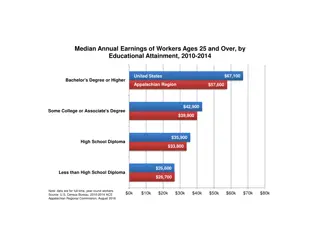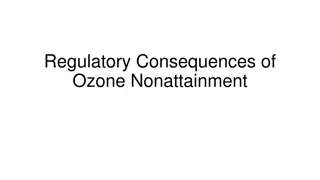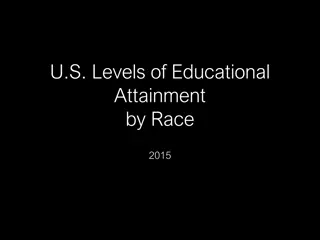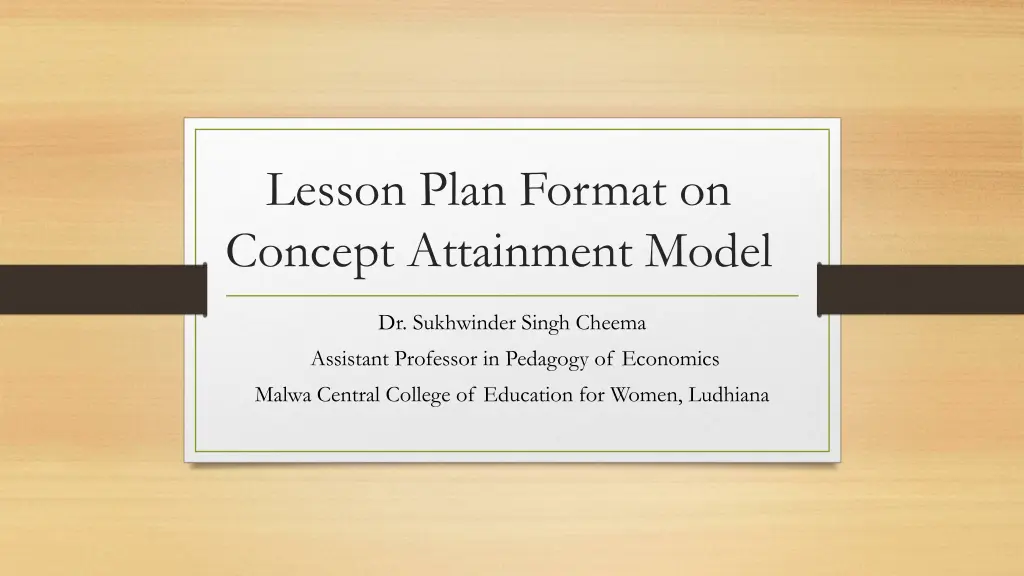
Lesson Plan on Concept Attainment Model for Economics Class 9
Learn how to teach the concept of Land Factor of Production in Economics using the Concept Attainment Model. This lesson plan involves concept analysis, hypothesis generation, testing, and evaluation strategies for effective learning.
Download Presentation

Please find below an Image/Link to download the presentation.
The content on the website is provided AS IS for your information and personal use only. It may not be sold, licensed, or shared on other websites without obtaining consent from the author. If you encounter any issues during the download, it is possible that the publisher has removed the file from their server.
You are allowed to download the files provided on this website for personal or commercial use, subject to the condition that they are used lawfully. All files are the property of their respective owners.
The content on the website is provided AS IS for your information and personal use only. It may not be sold, licensed, or shared on other websites without obtaining consent from the author.
E N D
Presentation Transcript
Lesson Plan Format on Concept Attainment Model Dr. Sukhwinder Singh Cheema Assistant Professor in Pedagogy of Economics Malwa Central College of Education for Women, Ludhiana
Lesson on Concept Attainment Model PT Roll No: ABC Class: 9th Subject: Economics Date: Topic: Land Factor of Production Period: CONCEPT ANALYSIS: 1. Definition of the Concept: In Economics Land does not mean upper surface of earth. Land comprises all natural resources which are free gift of nature to human being and available below the surface of earth, on the surface of earth and above the surface of earth i.e. sunlight, air, rain, soil, hills herbs, canals, mineral, metals, ores etc. 2 a) Essential Attributes: i) These are freely available on, above and below the surface. ii) It is part of factors of productions. iii) These are source of power b) Non- Essential Attributes: i) Not a destructive energy. ii) should be available to all. iii) should not be man made resource.
INTRODUCTION: Teacher will explain to the students that they are going to explore an important economics concept by comparing some yes examplers of the concept with some contrasting instances. Their task is to figure out what the examples have in common, and how the examples differ from the contrasting instances, or non-examples.
Syntax Phase PT s Activity Pupil s Activity Phase 1. Presentation of data Identification of Positive Examplers(YES). Hills/ Mountains Sunlight Air Water Minerals Negative Examplers( NO) Flood Storm Desert Hails Attributes of Concept /of hypothesis. a). To Generation and Corrections of Hypothesis teacher present unlabelled examples: Canals, rain, stones, moon, a). Student will try to identify the category of unlabelled items in Yes and No on the basis of comparison of positive and negative examplers and try to generate their hypothesis i) Natural resources II. Generation and Corrections of Hypothesis b) Teacher confirms students hypothesis: Teacher ask the students about their hypothesis on the basis of which they categories these items. ii) Basic Life amenities iii) Freely Available B) teacher try to test the hypothesis. c) The will refine and define the correct hypothesis
Syntax Phase PT s Activity Pupil s Activity Student will correct Hypothesis and generalise the concept by giving definition of the concept LEVER: When he realise that students have attained the concept he name the concept and define the essential attributes. PT will ask the students to frame new hypothesis in light of attributes II. Generation and Corrections of a) Student will correct Hypothesis and generalise that: These are part of Land as Factor of Production Hypothesis b) Students generate more examples i.e. Oceans, wind, jewels, plants, Phase II. Testing attainment of the concept PT will ask the students to give more unlabelled examples of the concept. rivers, herbs, ore, natural gas PT will ask the students to explain the reason to include these items in the List of YES: 1. Oceans 2. Jewels 3. Plants 4. wind. Students will explain that : These are freely available gifts of the nature to human being. And full fill the conditions of available freely Below, On and Above the Earth. And are source of productive energy. PhaseIII. Analysis of thinking strategies/ Evaluating the Thinking strategies/ Justification of the Concept


